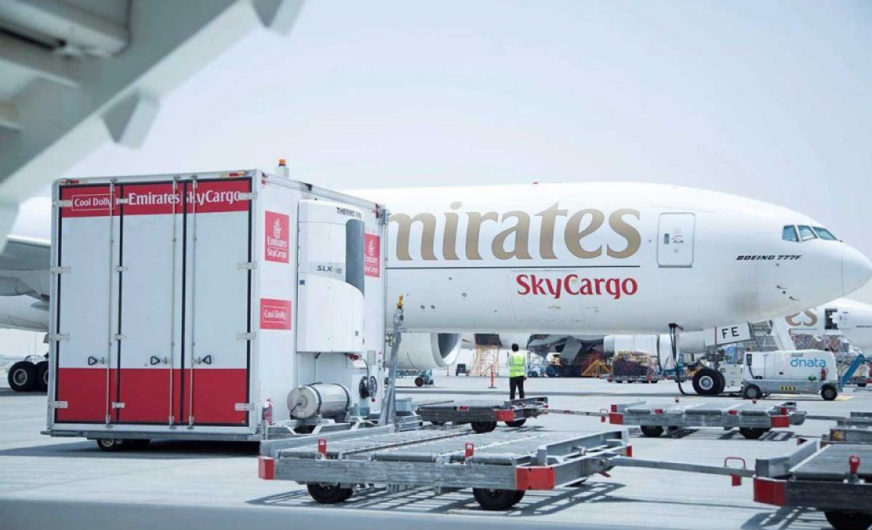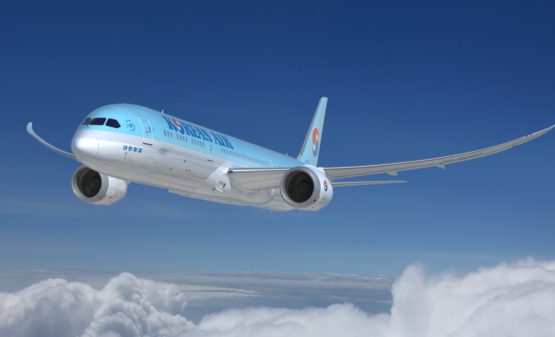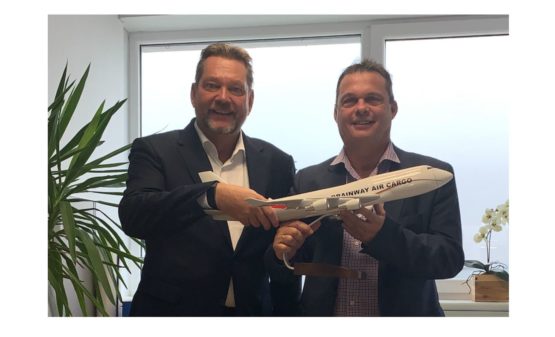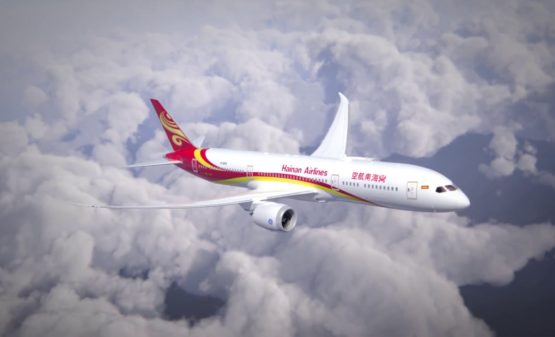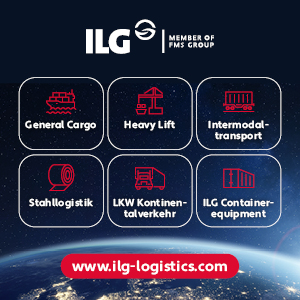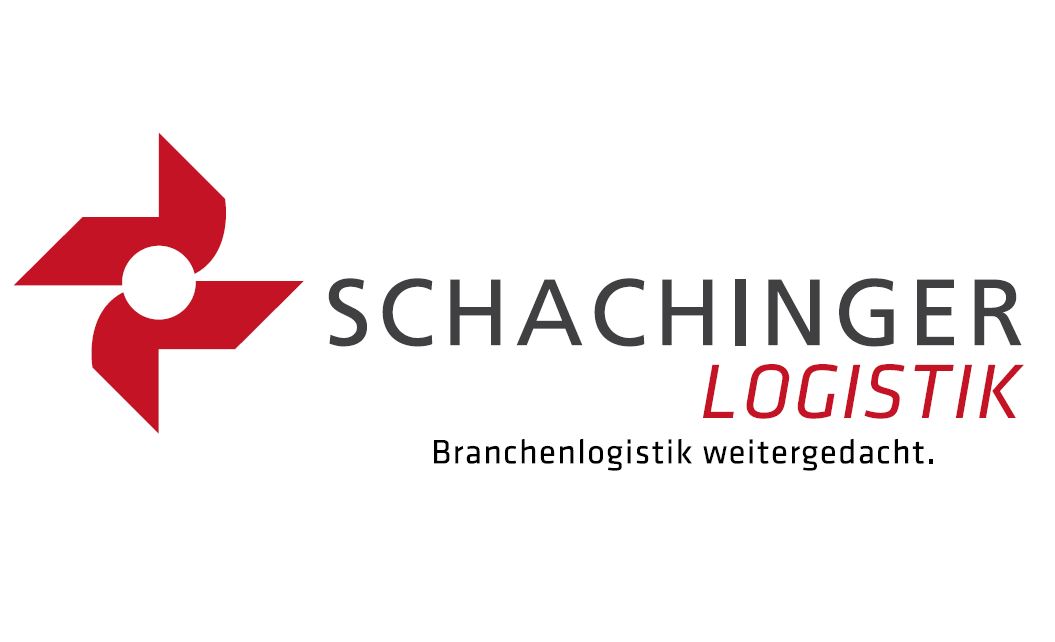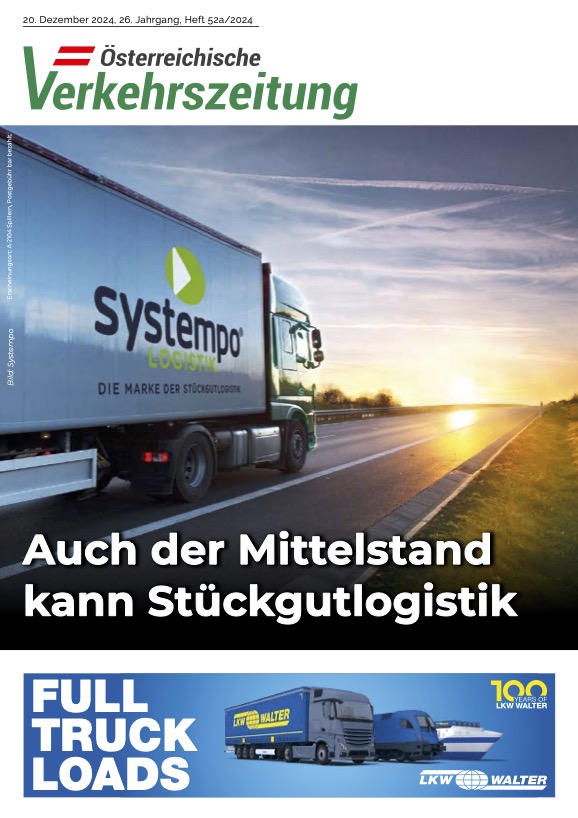In the 2018-19 financial year (31st March 2019) Emirates SkyCargo reported a revenue of AED 13.1 billion (U$D 3.6 billion), an increase of 5 per cent over last year. In an airfreight market facing unrelenting downward pressure on yields and slowing demand, tonnage slightly increased by 1 per cent year-on-year to reach 2.7 million tonnes.
Freight yield per Freight Tonne Kilometre (FTKM) for the 2nd consecutive year increased by a further 3 per cent, demonstrating Emirates SkyCargo’s ability to retain and win customers on value despite fuel price increases, and a weakened demand in many markets, Emirates Group informs in its just published annual report.
Emirates’ SkyCargo’s total freighter fleet stood at 12 Boeing 777Fs. In addition to belly-hold capacity to Emirates’ new passenger destinations, Emirates SkyCargo launched a new freighter service to Bogota (Columbia), and resumed freighter services to Erbil (Iraq).
At the same time Emirates SkyCargo continued to develop products tailored to key industry sectors. In April 2018, it launched Emirates AOG, a new airfreight product designed to transport aircraft parts quickly across the globe. This was followed in August by the launch of Emirates Pets and Emirates Pets Plus, which are new and enhanced air transportation products to ensure the safety and comfort of pets with services such as veterinary checks, document clearances, door-to-door transport, and the booking of return flights for pets.
The Emirates Group achieved its 31st consecutive year of profit in 2018-19 and announced steady business expansion. In its 2018-19 annual report released on Thursday, the group posted a profit of AED 2.3 billion (US$ 631 million) for the financial year ended 31 March 2019, down 44 per cent from last year. The group’s revenue reached AED 109.3 billion (US$ 29.8 billion), an increase of 7 per cent over last year’s results.
His Highness (H.H.) Sheikh Ahmed bin Saeed Al Maktoum, Chairman and Chief Executive, Emirates Airline and Group, said: “2018-19 has been tough, and our performance was not as strong as we would have liked. Higher oil prices and the strengthened US dollar eroded our earnings, even as competition intensified in our key markets. The uptick in global airfreight demand from the previous year appears to have gone into reverse gear, and we also saw travel demand weaken, particularly in our region, impacting both dnata and Emirates.
Emirates received 13 new aircraft during the past financial year, comprising of seven A380s and six Boeing 777-300ERs. During 2018-19, Emirates phased out 11 older aircraft, bringing its total fleet count to 270 by the end of March. The next 777 delivery is planned for 2020, when Emirates will receive its first 777X aircraft.


